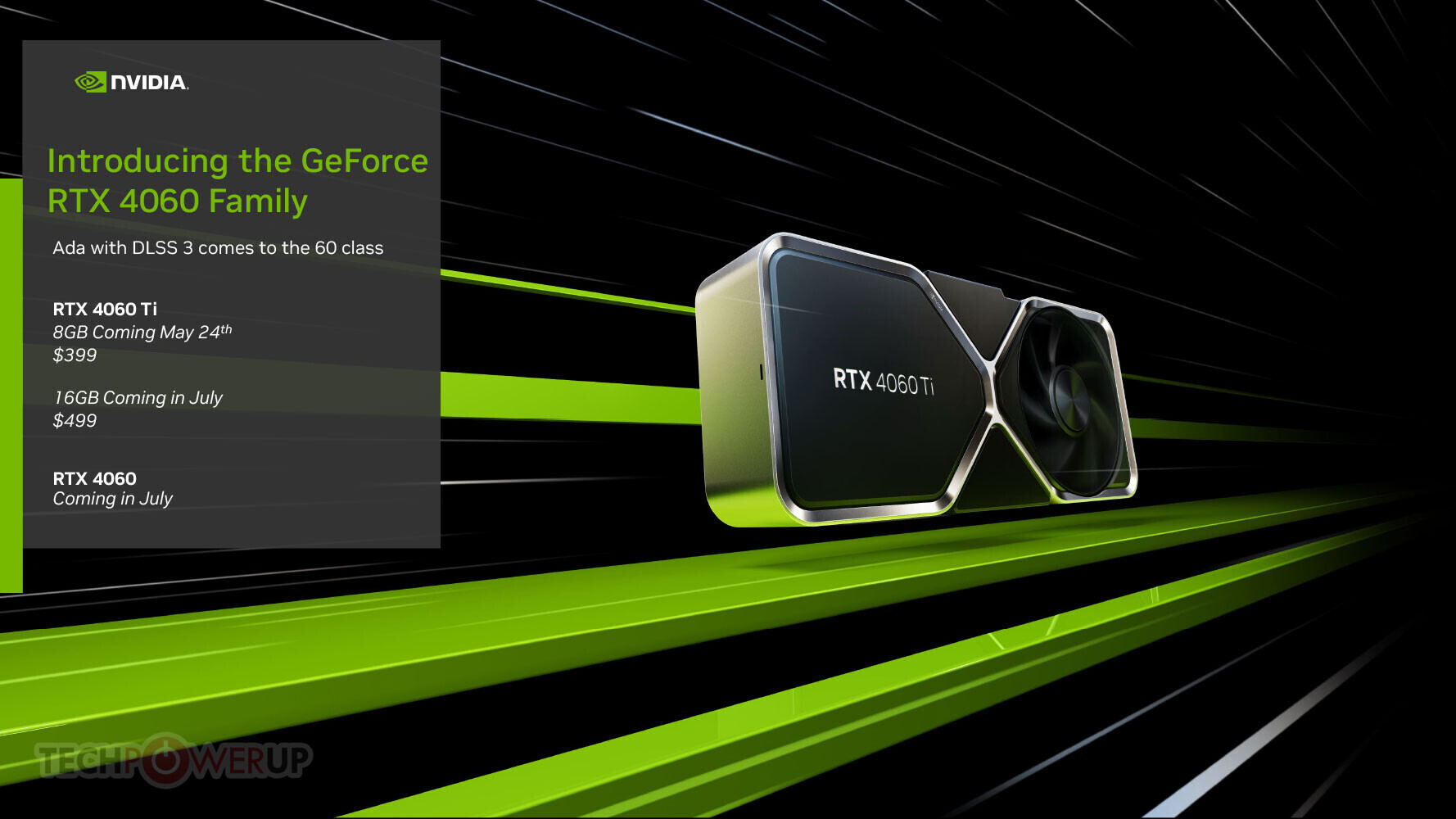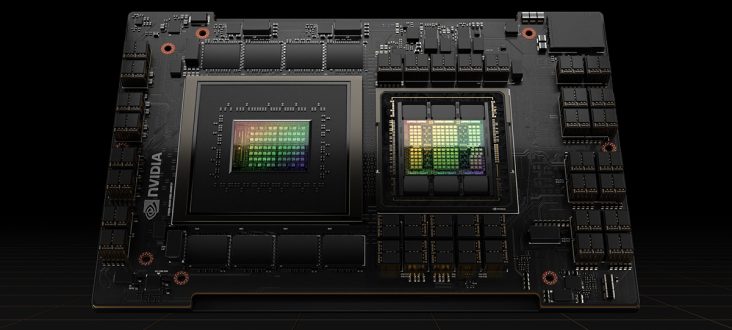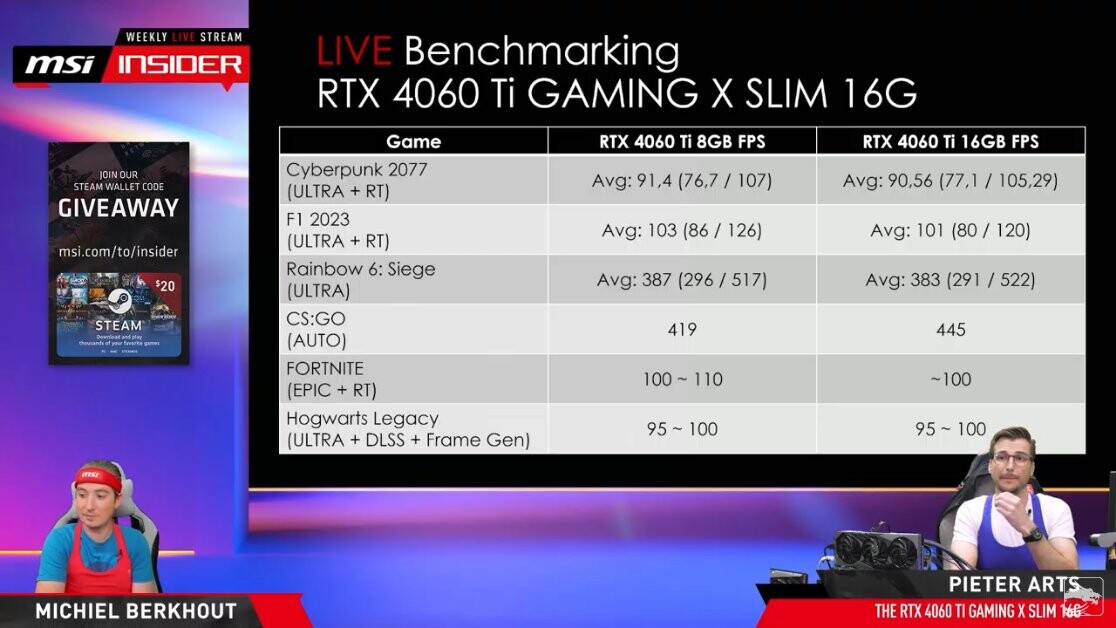neckthrough
Regular
Right now is definitely boom time. I believe GM guidance for next Q is an all-time high. But it's all ChatGPT/LLM driven. Everyone and their mother is buying datacenter GPUs.Yes but even with this we're looking at GM falling over the course of Lovelace launch, not increasing or being at historical heights. Current Nv's margins are about on par with the period between 2011 and 2016 - which is Kepler/Maxwell/Pascal gens generally lauded as one of the best in perf/price gains. The rise after that is linked to the first crypto mining boom, then covid, then the second boom. I'm struggling to find any indication of Lovelace bringing unusually high margins in any of the data on hand yet people continue saying this as if it's a proven fact at this point.
Thus the question (multitude of them really) remain.
But who knows, maybe it's all 4060s









